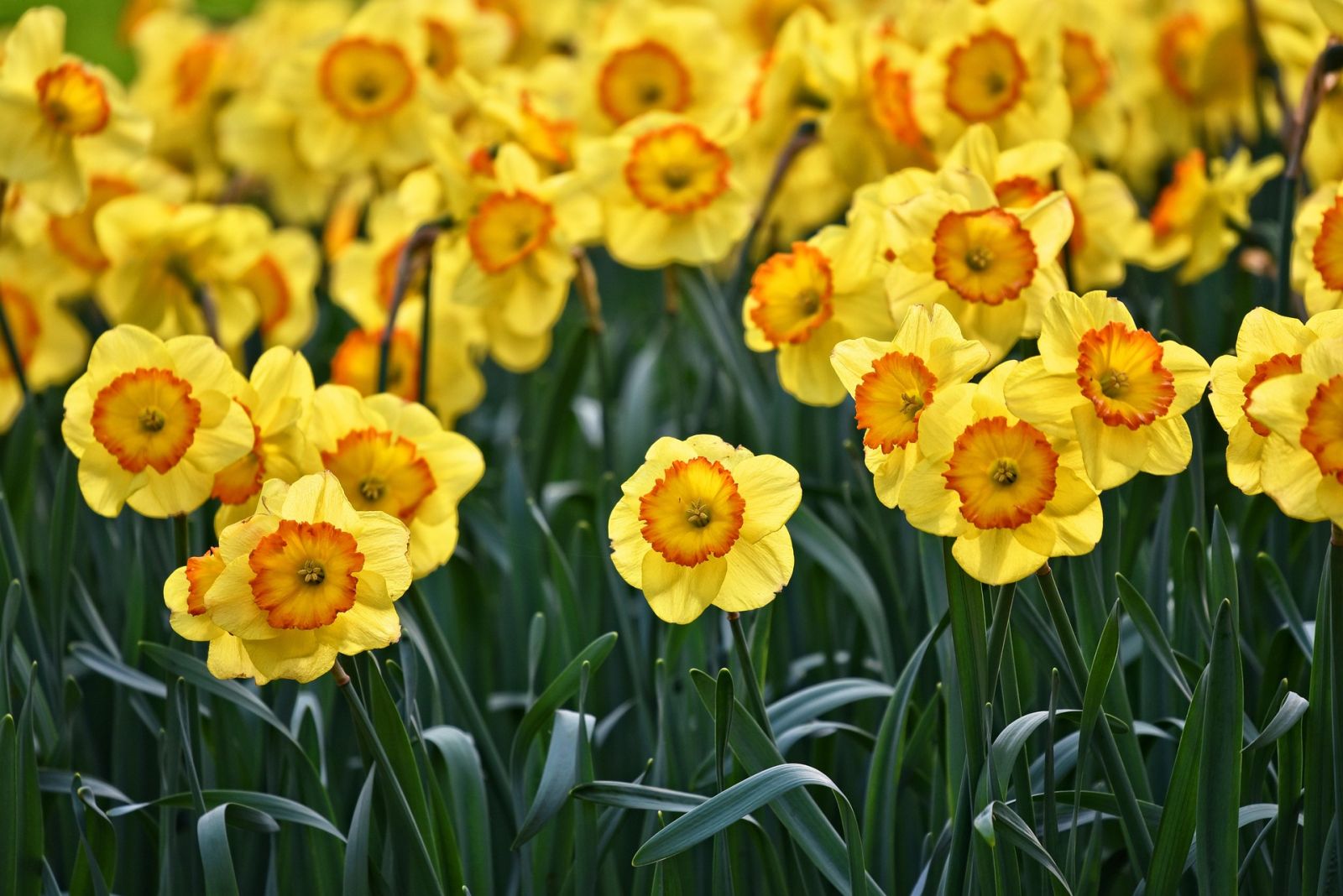The Ultimate Guide to Daffodils: Varieties, Care, and Planting Tips
Daffodils are a popular choice for gardeners looking for a burst of color in the spring. With their bright yellow, white or orange petals, they are a cheerful sight after a long, gray winter. In this guide, we will explore the different varieties of daffodils, how to care for them, and some tips for planting them to ensure a stunning display in your garden.

Varieties of Daffodils
There are over 50 different species of daffodils, with many hybrids and cultivars available to choose from. Here are some of the most popular varieties of daffodils:
- Large Cupped: These daffodils have a large trumpet-shaped cup that is the same length or longer than the petals.
- Small Cupped: These daffodils have a smaller trumpet-shaped cup that is less than one-third the length of the petals.
- Double Daffodils: These daffodils have multiple layers of petals, giving them a fuller, more rounded appearance.
- Triandrus: These daffodils have multiple flowers per stem, with a delicate, drooping appearance.
- Jonquilla: These daffodils have small, fragrant flowers that bloom in clusters.
- Tazetta: These daffodils have multiple flowers per stem, with a sweet fragrance.
Care for Daffodils
Daffodils are relatively low maintenance, but there are a few things to keep in mind when caring for them:
- Soil: Daffodils prefer well-draining soil that is slightly acidic. If your soil is heavy, you can add some sand or perlite to improve drainage.
- Water: Daffodils need regular watering, especially during the growing season. Be sure to water deeply, so the water reaches the roots.
- Fertilizer: Daffodils benefit from a balanced fertilizer applied in the fall and early spring.
- Deadheading: After the flowers have bloomed, it's a good idea to deadhead the spent blooms to encourage new growth.
- Dividing: Every few years, daffodils can become overcrowded and will need to be divided. Wait until the foliage has died back, then carefully dig up the bulbs and separate them. Replant the bulbs at the appropriate depth and spacing.
Planting Daffodils
Planting daffodils is relatively easy, but there are a few tips to ensure a successful display:
- Timing: Daffodils should be planted in the fall, ideally 2-4 weeks before the first hard frost.
- Depth: Plant daffodil bulbs at a depth of 6-8 inches, with the pointed end facing up.
- Spacing: Plant bulbs 4-6 inches apart.
- Location: Daffodils prefer full sun to partial shade, and well-draining soil.
- Protection: Daffodils are deer-resistant, but squirrels and other rodents may dig up the bulbs. To prevent this, cover the planting area with chicken wire or other protective barrier.
Conclusion
In conclusion, daffodils are a beautiful and low-maintenance flower that can bring a burst of color to any garden. With the right care and planting, you can enjoy these cheerful flowers for years to come. We hope this guide has been helpful and informative, and that you are inspired to plant some daffodils in your own garden.
